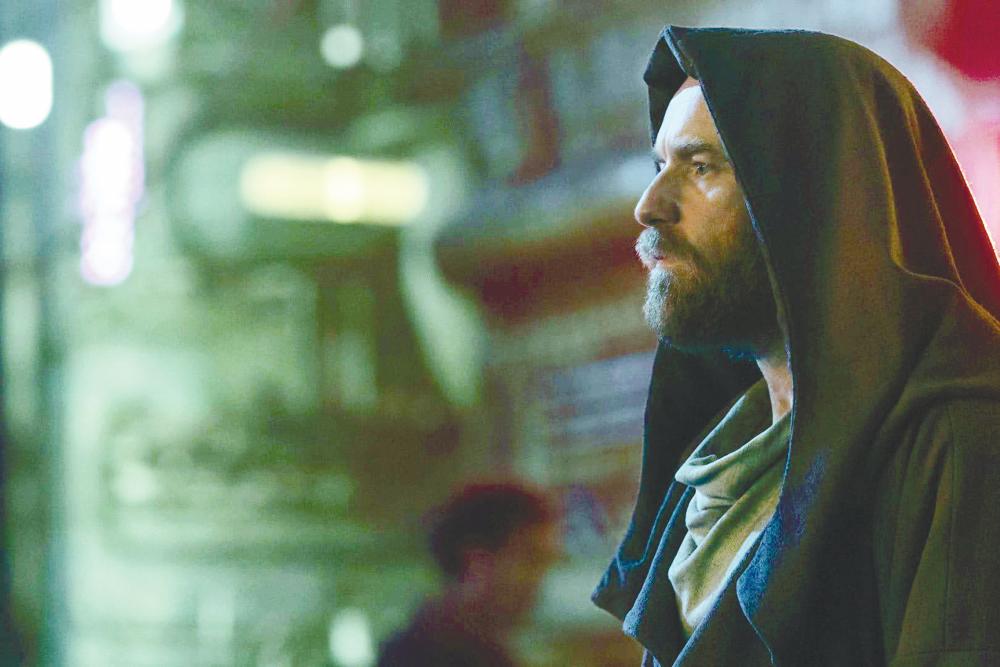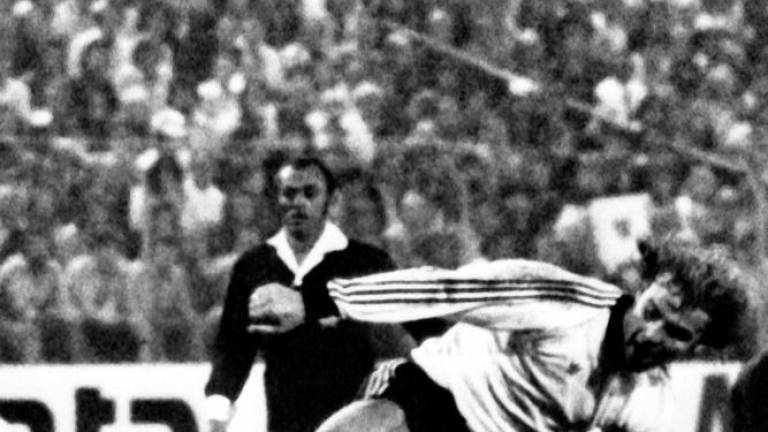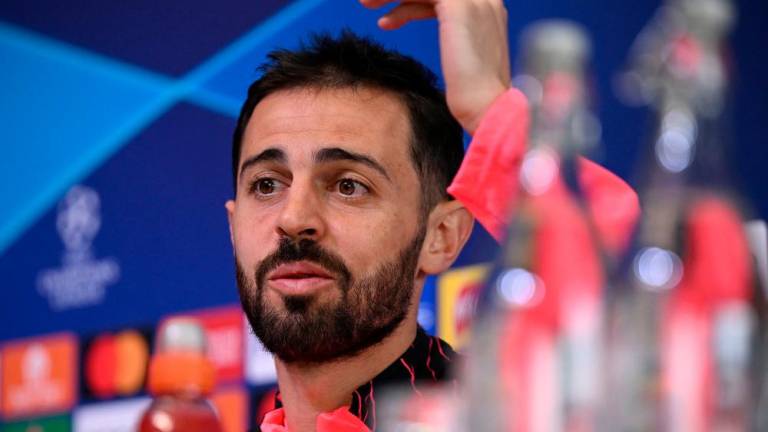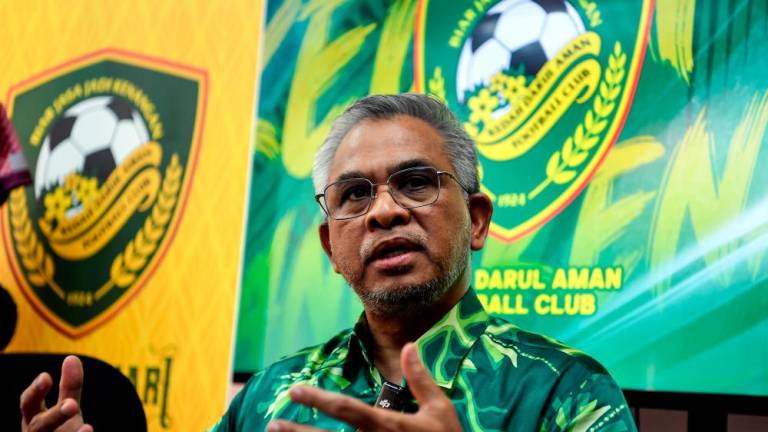THE latest offering in Disney’s expanding Star Wars universe on television, Obi-Wan Kenobi’s six episodes aired throughout June and with the sixth, final episode finally being out, has Obi-Wan Kenobi proven itself to be good and everything fans were waiting for?
Set ten years after the devastating conclusion of Star Wars: Episode III – Revenge of the Sith and nine years before Star Wars: Episode IV – A New Hope, Obi-Wan Kenobi finds its titular character in a strange place before plot machinations begin to occur.
Now one of the few remaining Jedi alive in the galaxy, Obi-Wan Kenobi (Ewan McGregor) is hiding out on the planet Tatooine under the alias of Ben Kenobi, working during the day, and watching over the young Luke Skywalker at night while living in a cave nearby.
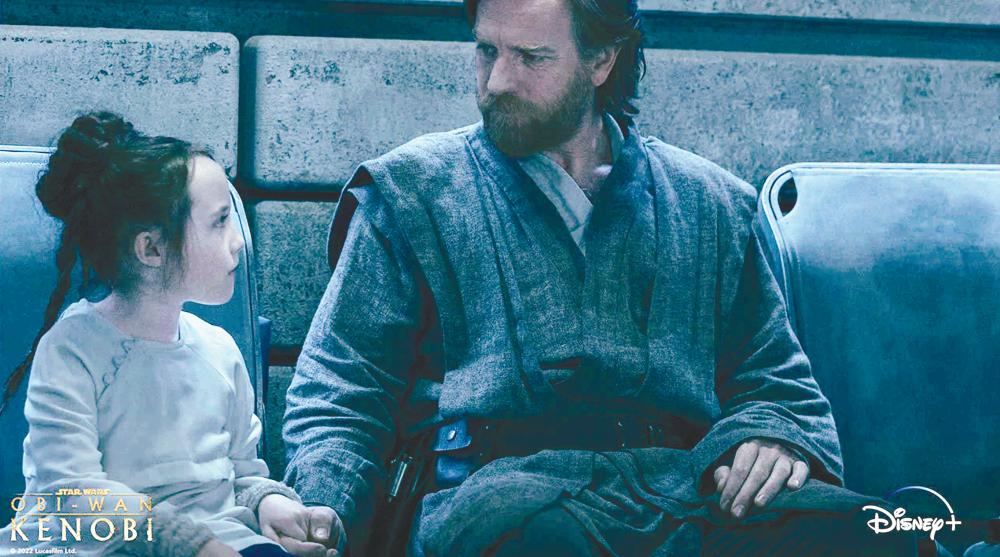
It’s a straightforward, monastic life, given that the Jedi life is over for Kenobi, and his connection to the Force seemingly waning each day. The former Jedi Master has also been attempting and failing to commune with his dead master, Qui-Gon Jinn.
Elsewhere, Sith Inquisitors consisting of the Grand Inquisitor (Rupert Friend), Fifth Brother (Sung Kang) and Reva the Third Sister (Moses Ingram) are actively hunting down the few minor Jedis they can find, until Reva’s plotting causes the Inquisitors to finds a way to draw out Obi Wan – Leia Organa (Vivien Lyra Blair).
This leads to the inevitable clash between Darth Vader (Hayden Christensen/James Earl Jones) and Kenobi.
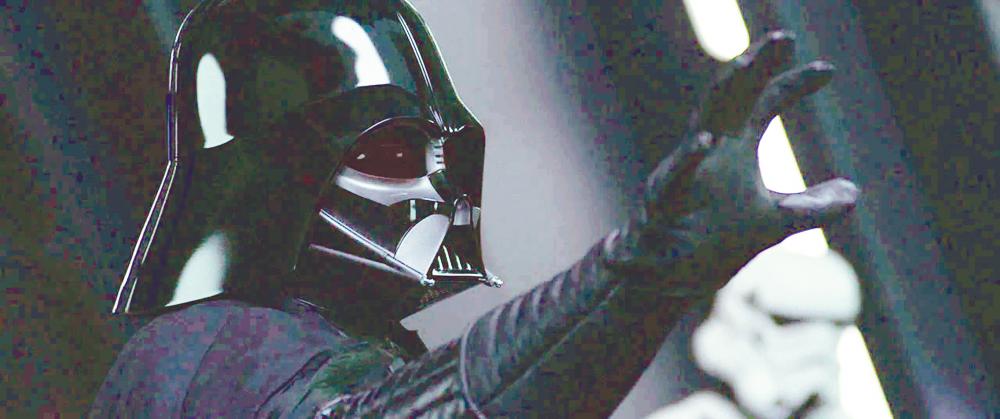
In a contrived galaxy far away
It’s a lot to digest, certainly, and the pacing and writing for the first two episodes make it even harder to swallow, like the coincidental, conveniently dumb way the narrative is plotted.
For instance, Reva explains she was “going through archives” and found a connection between Kenobi and Leia, despite the fact Leia’s birth (and her twin brother’s birth) were hidden from the world – and their father.
Obi-Wan Kenobi is undeniably dumb and slow in its first few episodes, particularly “Part I” and “Part II” which were both released on May 27, as the show’s writers perform mental gymnastics in an attempt to connect the dots to move the plot along.
After the first two episodes were released, fans and casual viewers had around six days to sit with the sour taste in the mouths.
From “Part III” onwards, things began to kick up, not just in terms of the story, but the quality and writing for each episode. The bad was out of the way, and Obi-Wan Kenobi was moving on to the good, and dare I say, the highlights of the series.
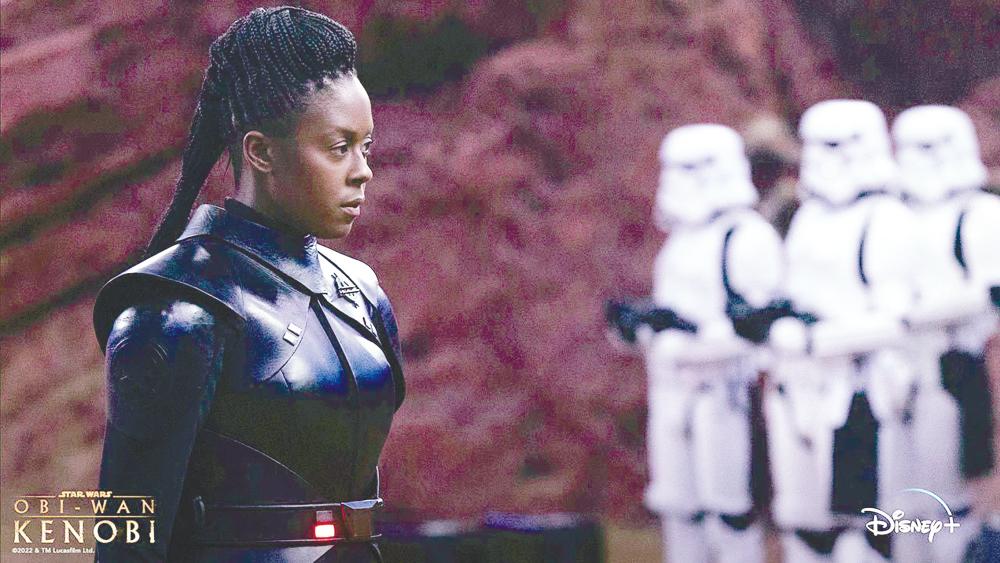
When it soars, it really soars
A lot of the criticisms leveled at the first two episodes and what it sets up for the entire limited series are justifiable.
There were many other ways to write a story about Kenobi set in the decades between RotS and ANH, so why did they choose to go down this route, by circumventing continuity and introducing Leia and Luke to Kenobi this early?
It’s a valid question, and it gets answered in the final two episodes of Obi-Wan Kenobi.
Criticisms at the lacklustre action scenes are also resolved by series director Deborah Chow in two fight scenes in “Part V”, and the final fight sequence in “Part VI”, as Chow blends the over-the-top flashy lightsaber battles of the Prequel Trilogy with the stricter style of the Original Trilogy’s duels and raw duels of the Sequel Trilogy.
Each duel also leverages on the contrasting elements of who is fighting against who, without spoiling anything.
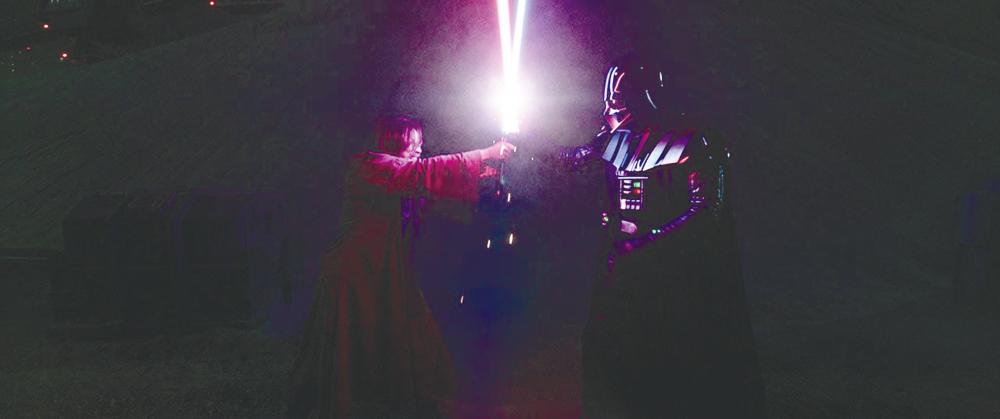
The last two episodes also answer the question on why Hayden Christensen was brought back to play Anakin Skywalker/Darth Vader, when in the previous four episodes, Vader is voiced by Jones while stuntmen were involved in moving around in the suit.
“Part VI”, in particular, truly puts Christensen’s presence and acting to use.
Returning to a role he was born to play and very clearly loves, McGregor, too, soars high throughout the entire series. Moments that exemplify who Kenobi is and becomes are brought alive by the actors vivid acting and emoting, even through a beard that covers most of his face.
Kenobi is older than he was when he battled and felled Skywalker on Mustafar, and McGregor, more experienced now than when he last played the role, slipped back into the role with ease to bring the wiser, more restrained Kenobi back to life.
In other ways, “Part VI” also closes loops that would later happen in ANH that no one expected it to.
Yet, despite its highs, does Obi-Wan Kenobi truly justify its existence?
Not really, but it is great seeing McGregor and Christensen back in their iconic roles.



